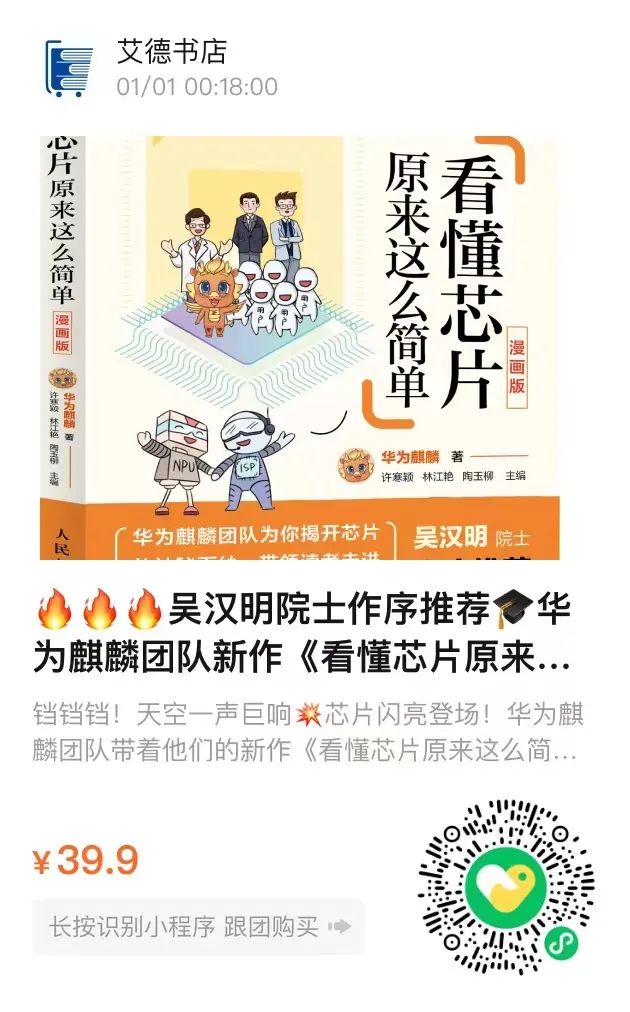Ding ding ding! A loud noise in the sky announces the arrival of chips! The Huawei Kirin team brings us their new work, "Understanding Chips Made Simple"!
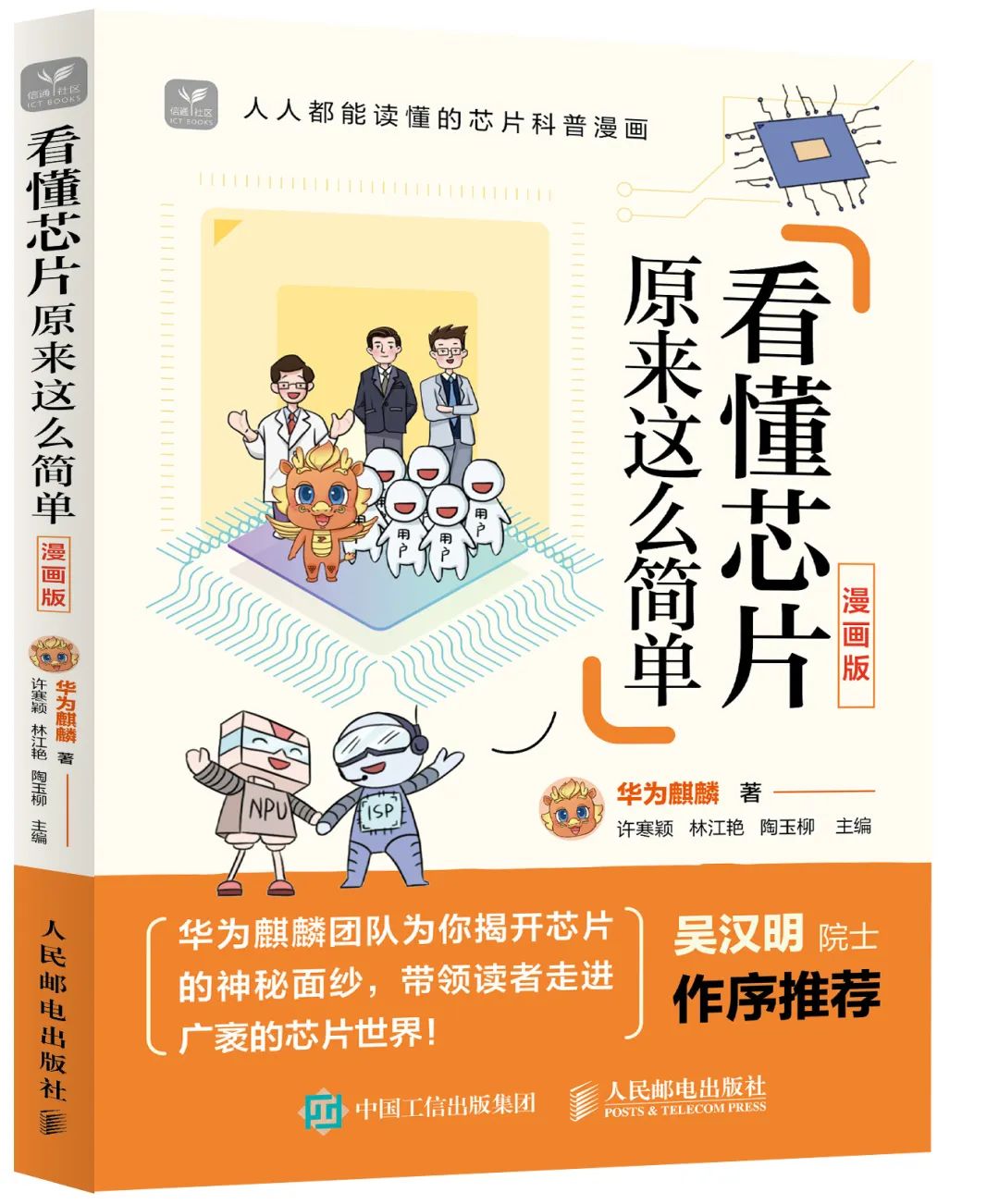
For a long time, Huawei Kirin has been working hard to popularize the field of chips to the public. This time, they have transformed the obscure knowledge of chips into vivid stories that the public can easily understand through comics.
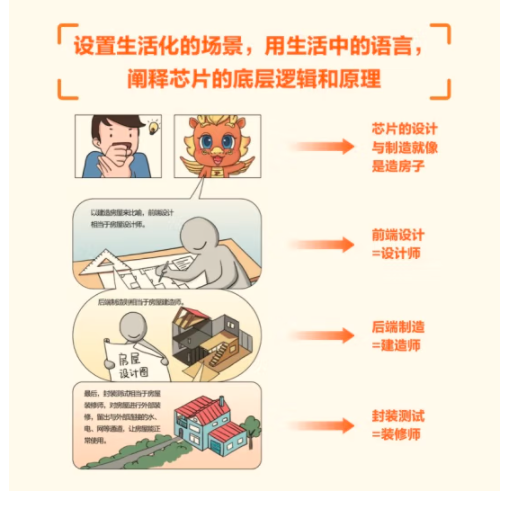
Why should we understand chips?
When we open our phones and play freely, immersed in our little world, it is all thanks to chips. Although small, chips have a big role!
Did you know? Every phone contains tiny chips that continuously execute various instructions. This relies on many semiconductor components called transistors inside the chips. These transistors can achieve various functions such as switching and amplifying electrical signals through different circuit connection methods. Every time we operate our phones, billions of transistors are at work, allowing the tiny integrated circuits to perform capabilities far beyond the first giant computer.
Isn't it amazing?
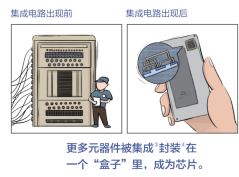
Theoretically, we all know that by using transistors to build specific circuits, we can allow the circuit to access machine language code (instructions) composed of 0s and 1s and execute these instructions. Although each instruction corresponds to a simple function, such as merely copying data stored at a certain location to another location, executing multiple instructions can achieve very complex functions.
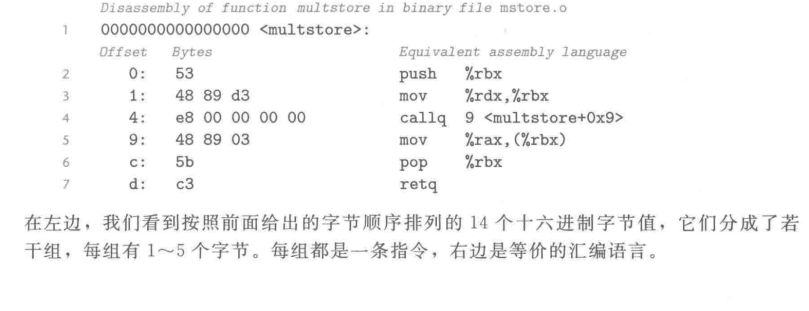

In computer science classes, when designing a microprocessor that can actually work, students first learn how to use transistors to form the basic computational units of digital circuits—logic gates.
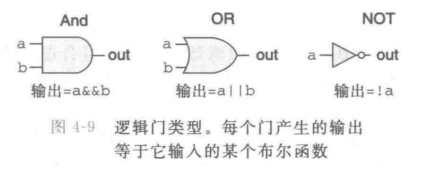
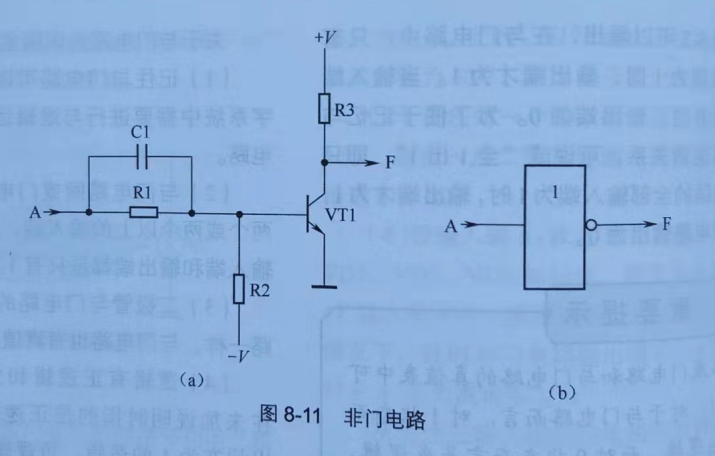
In subsequent designs, we will no longer draw the actual transistor circuits of logic gates.
Combining many logic gates into a network is called combinational circuits. For example, below is a simple combinational circuit.
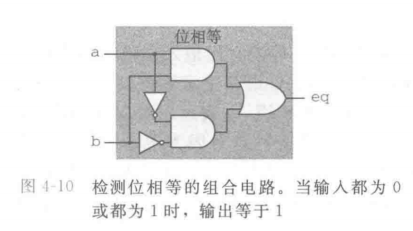
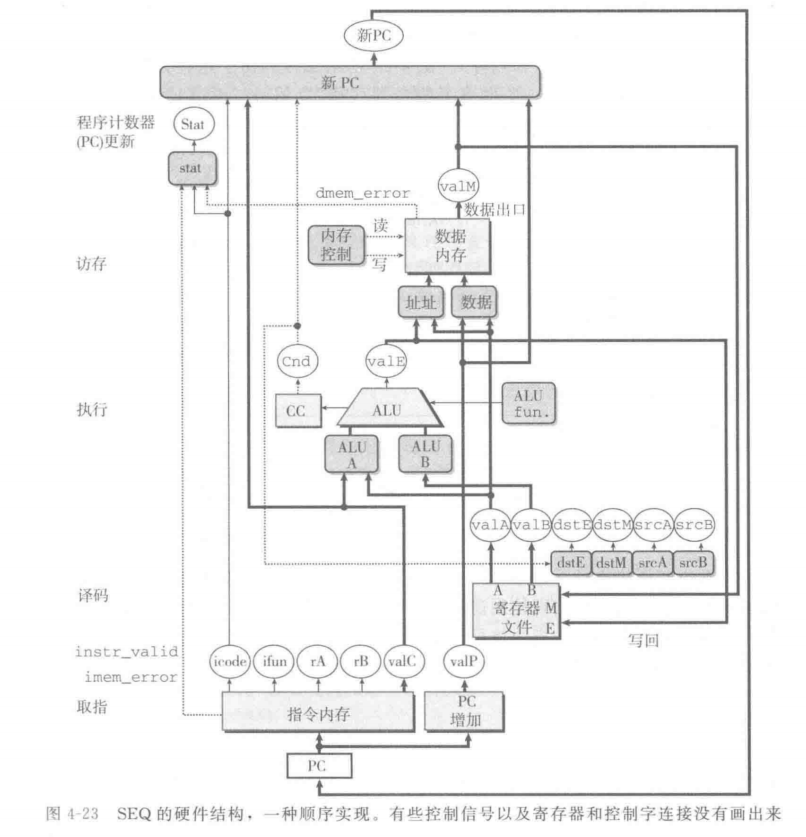
If you didn't understand the previous complexity, don't be afraid, the savior is here!
Let's shift our focus to today's main character!

The content of "Understanding Chips Made Simple" comes from the popular science comic series "Understanding Chips Made Simple" in the Huawei Kirin public account.
During the comic creation period, experts from the Huawei Kirin team not only provided a wealth of academic materials but also answered questions seriously and proofread meticulously, making this popular science book that spans multiple fields such as chip design, wireless communication, and development tools more professional.
The book is divided into three parts. First, it introduces the design and manufacturing of chips, explaining the basic concepts of chips.
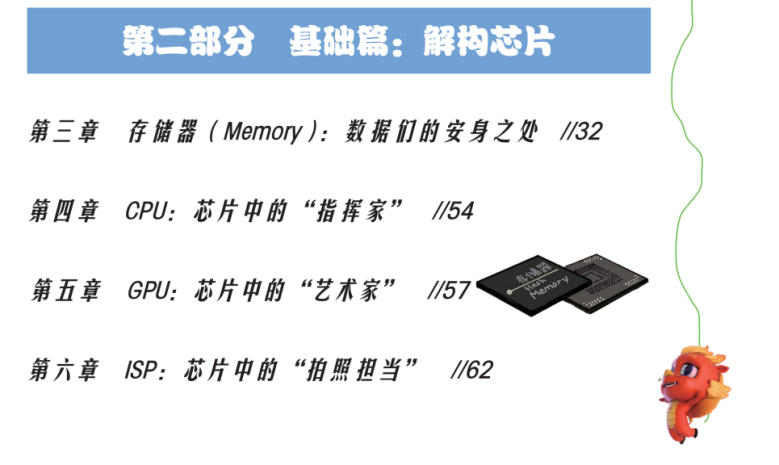
Then it analyzes the internal structure of chips, explaining the functions and roles of core components such as CPU, GPU, ISP, and NPU; finally, it explains how some functions of flagship chips are realized, such as connecting chips to "debut together", hardware-level collaboration between ISP and NPU, and other knowledge in the field of chip design.
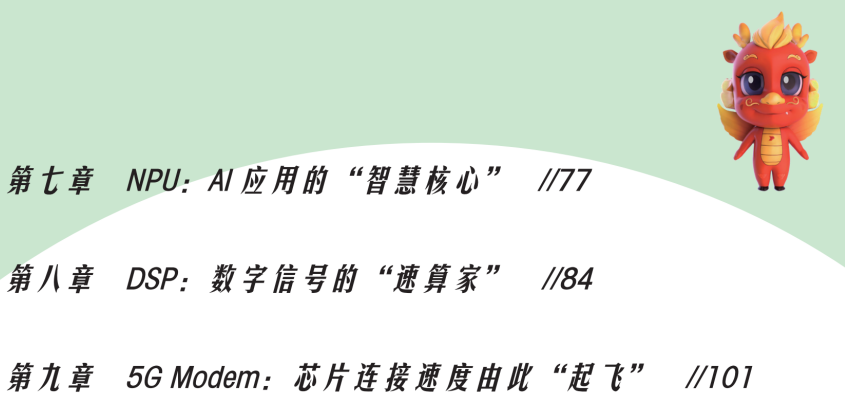

This book uses life scenarios as touchpoints, combining terminal experiences to explain chip principles, making it a popular science book that spans multiple fields such as chip design, wireless communication, and development tools. The book does not contain lengthy technical introductions and theoretical knowledge but uses life scenarios as touchpoints to explain chip principles. For many readers, this approach can help everyone understand chip science more easily and feel the vast world inside chips.

For example, when explaining the process of chip design and manufacturing, the book suggests that readers simply understand the process as design, manufacturing, and testing. Then, it uses the construction of buildings as a metaphor to illustrate the differences between front-end design, back-end manufacturing, and packaging testing of chips.
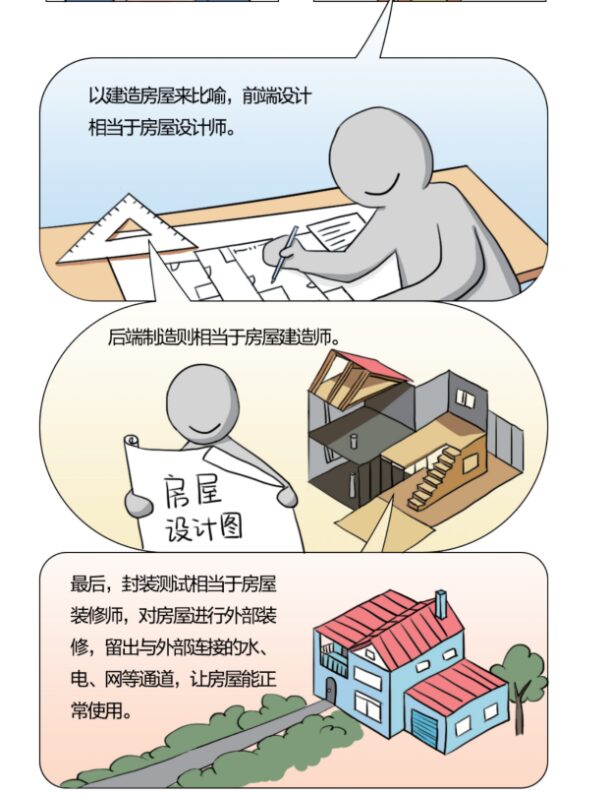
In this way, the obscure principles of chips become much easier to understand. Next, when explaining the manufacturing process of chips, it becomes easy to comprehend.
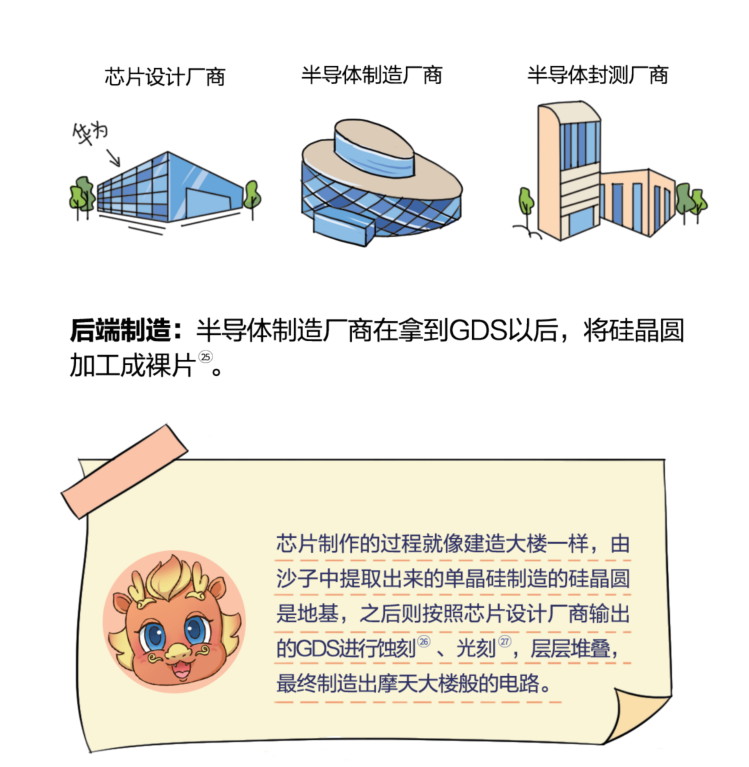
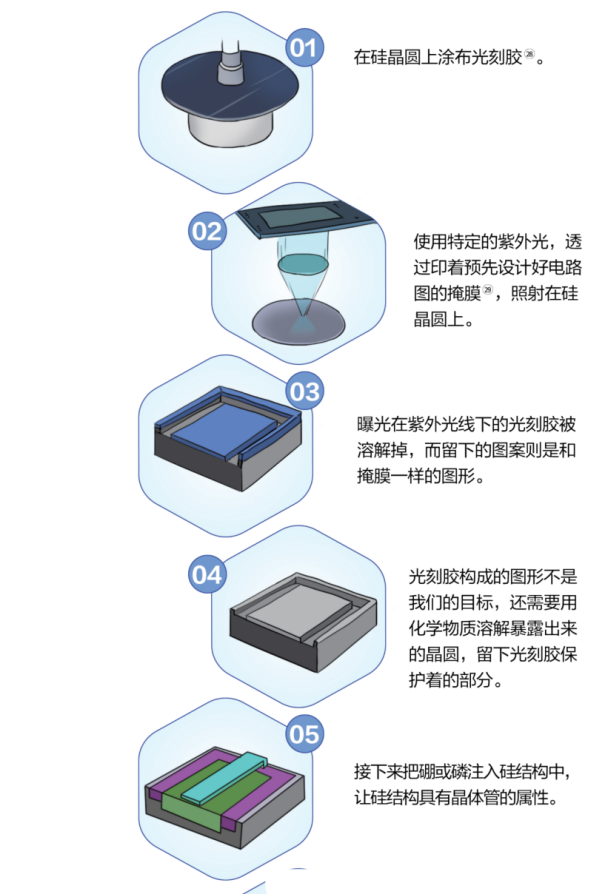


For various professional terms, a glossary is placed at the end of each chapter.

The "Understanding Chips Made Simple" comic series contains vast knowledge of the chip universe. In it, you can not only see personified CPU, GPU, ISP but also learn about the entire process of chip design and manufacturing, as well as the little stories of the development of Kirin chips through the ages.
I hope this chip comic can become the starting point for you to love science!
